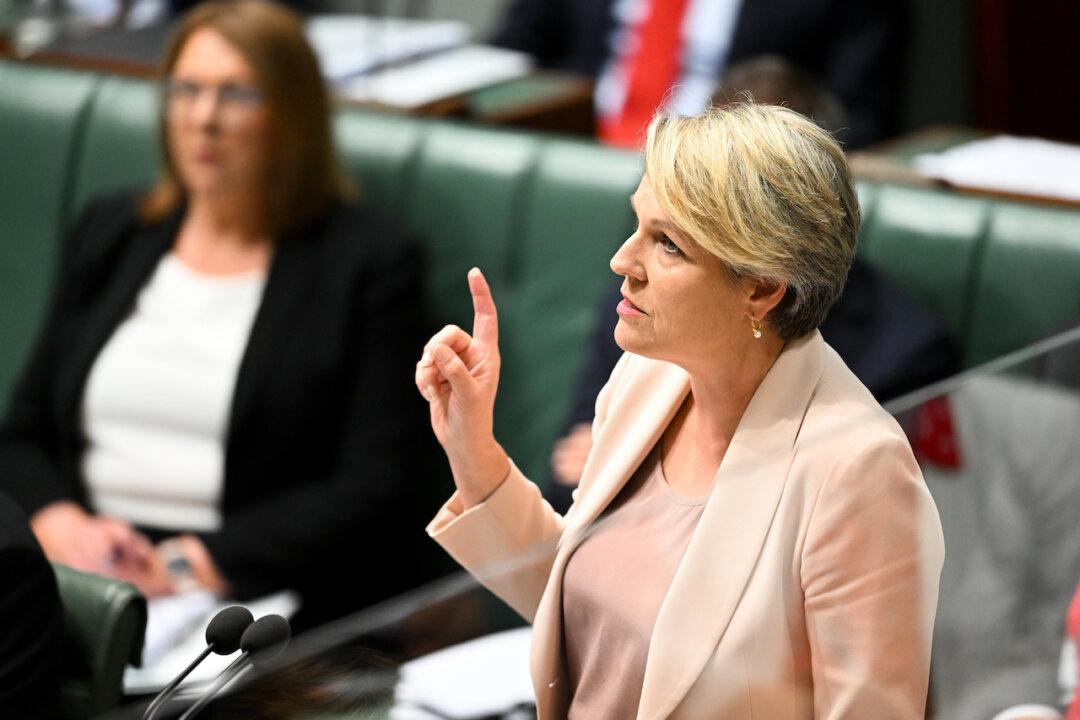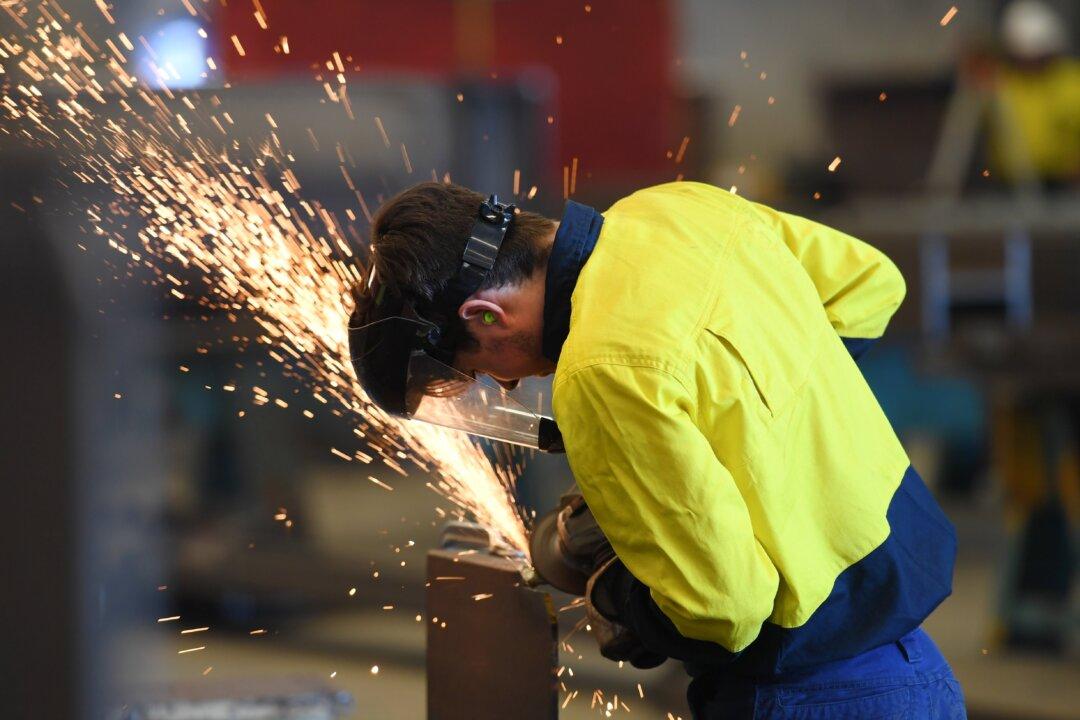Australia’s water minister has announced another round of water buybacks from farmers as the 2024 deadline looms for federal Labor to meet targets under the Murray Darling Basin Plan.
The announcement, which was made on Feb. 22, ends weeks of speculation about the return of water buybacks. Buybacks were limited by the former Coalition government back in 2015 when farmers argued their case against the move for causing a range of problems in farming communities.





